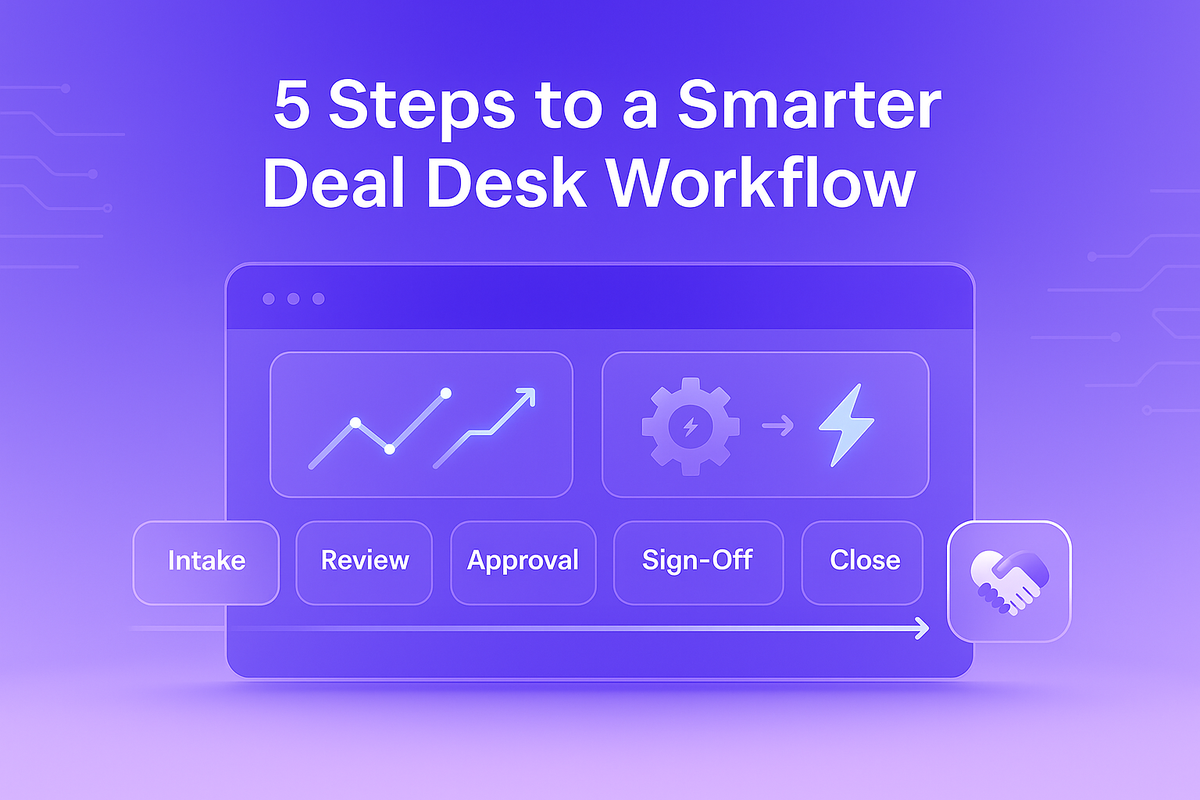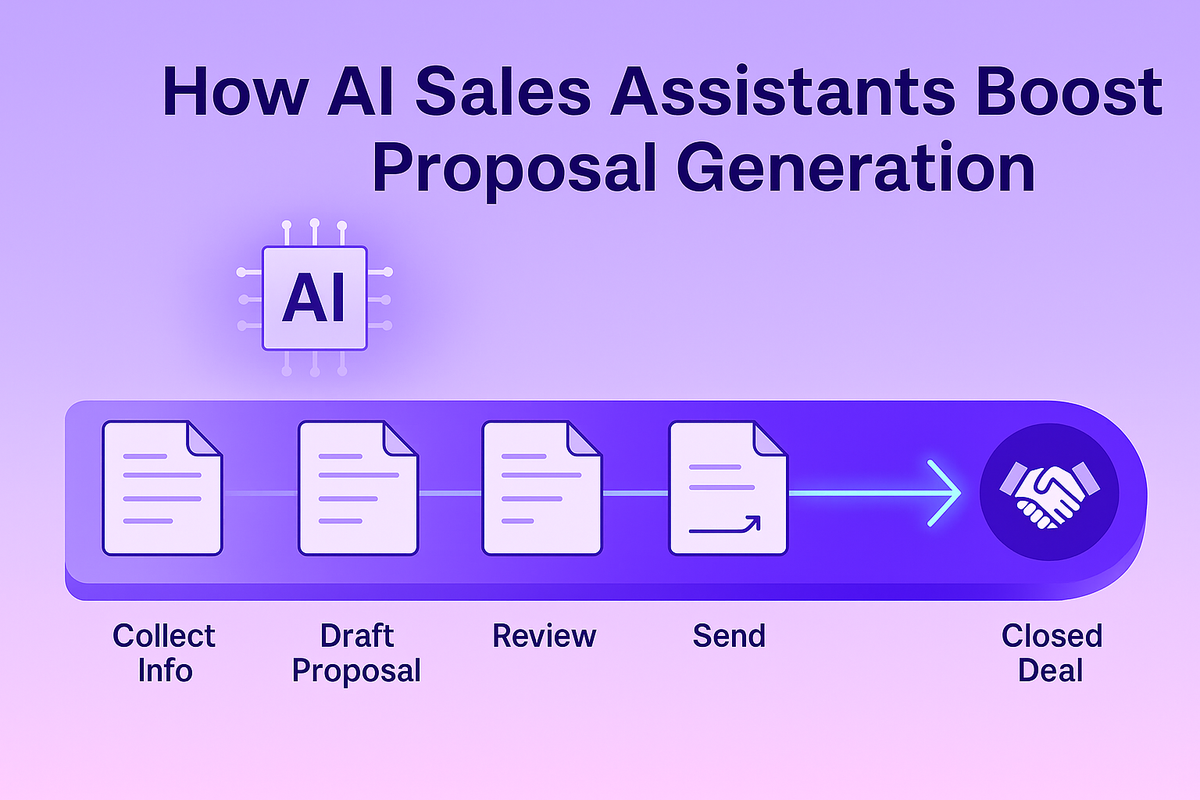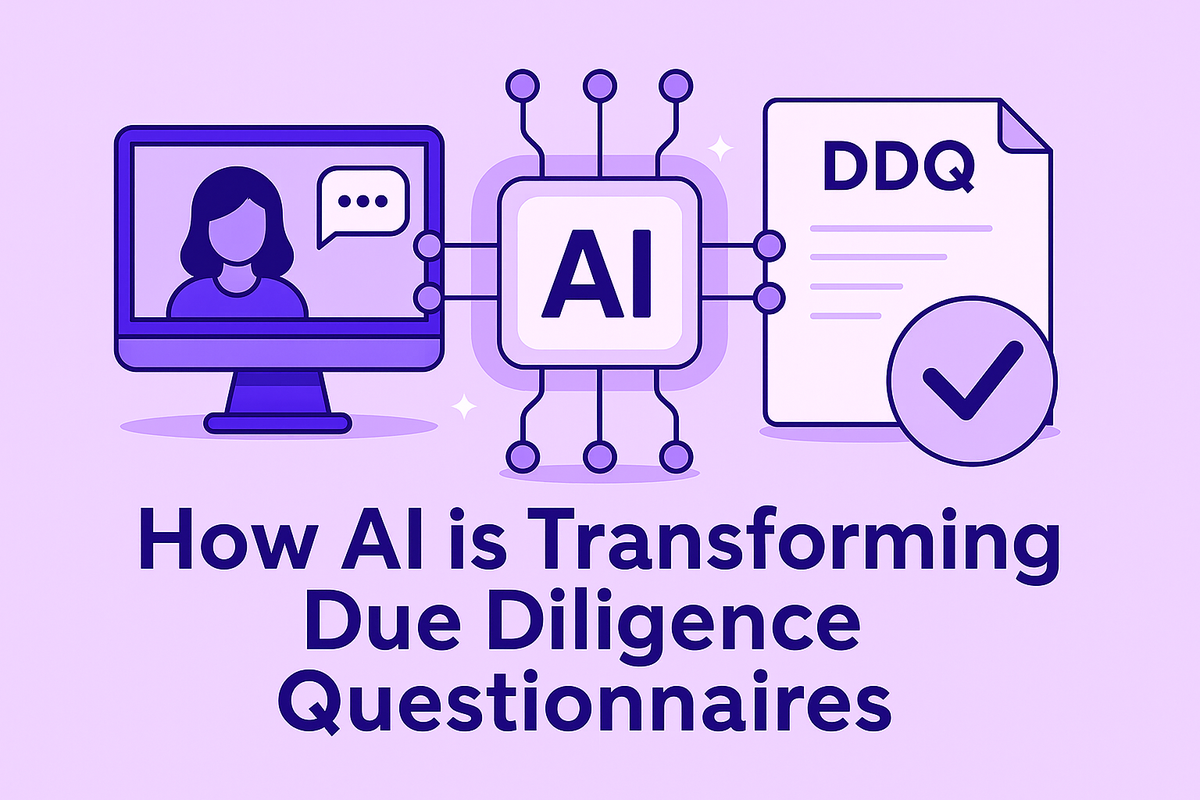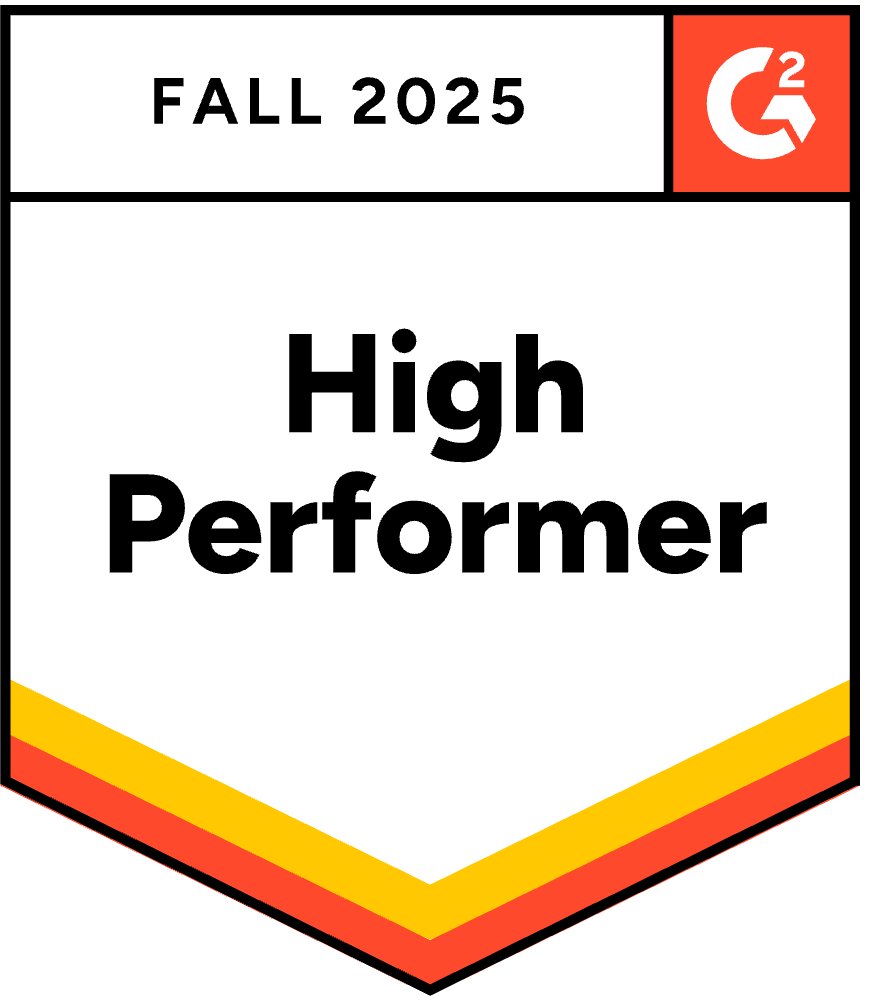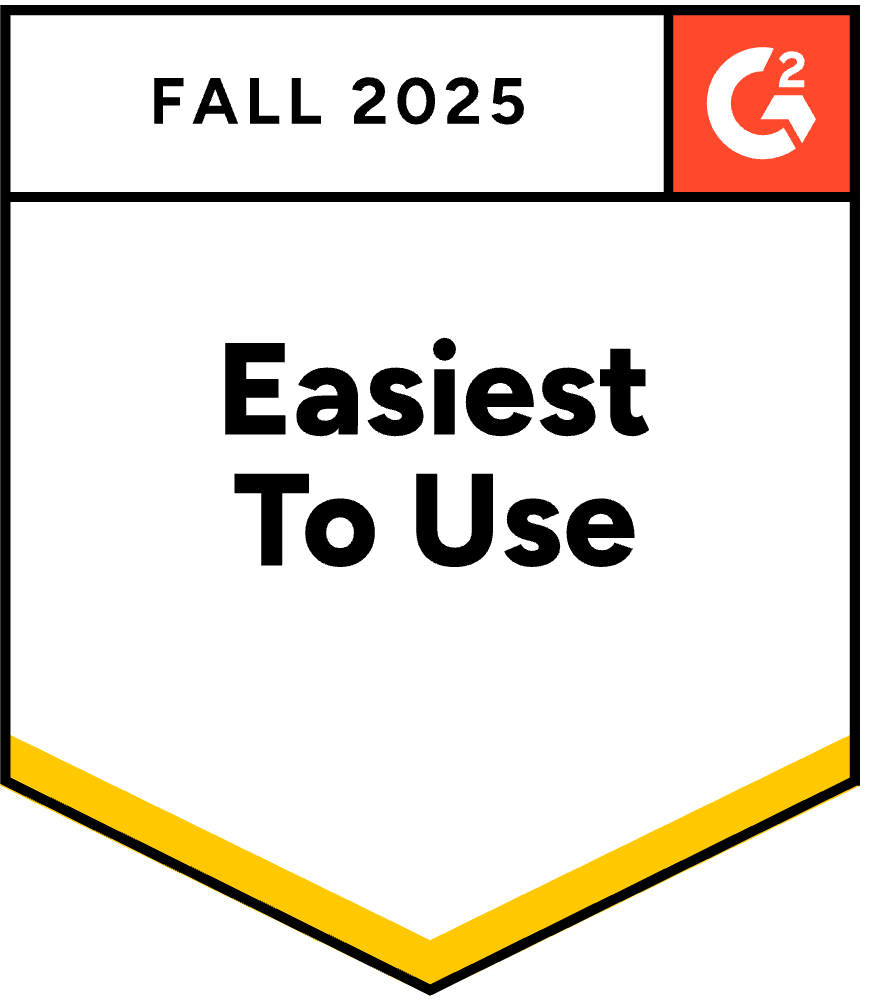Automated Proposals: Respond in Half the Time
April 30, 2025
By
Evie Secilmis

Proposal deadlines don’t move. Neither should your team’s priorities.
Whether it’s an RFP, DDQ, or vendor questionnaire, proposals often pull high-performing people into low-leverage work—formatting documents, rewriting boilerplate, tracking down approvals, or manually chasing down last month’s language.
For most teams, it’s still a stitched-together process of shared drives, Slack threads, and versioning chaos.
That’s where automation comes in—not to skip steps, but to eliminate the ones that don’t add value.
Where Time Actually Gets Lost
Based on Iris client benchmarks, a single proposal cycle can take up to two weeks to complete.
Not because the content doesn’t exist—because the process to surface, review, and format it is broken.
What we hear again and again:
- “I know we’ve answered this before, but I can’t find the version legal signed off on.”
- “We’re still reformatting in Word after exporting from our platform.”
- “We spent more time chasing people than actually writing.”
Not just a time issue, but a focus issue. Teams aren’t burned out because proposals are hard. They’re burned out because proposals are inefficient.
Why Now
Proposal volume is rising, review cycles are tightening, and buyer expectations are higher than ever. Teams are being asked to do more with the same resources—and the same deadlines.
At the same time, AI and automation have reached a turning point. What used to take hours of formatting, chasing approvals, and stitching together old content can now be handled in seconds.
This shift isn’t about replacing people. It’s about giving high-performing teams the time and clarity to focus on what actually moves deals forward.
The reality: manual processes can’t keep up with modern sales velocity. The teams who adopt automation now will win—not because they move faster, but because they move smarter.
How Iris Fixes the Process
Iris automates the parts of proposal work that shouldn’t require a second thought. Your team still makes the decisions—our platform handles the setup, surfacing, and structure.
Here’s how it works:
- Drafts generate instantly, using approved language and previous submissions
- Each question routes automatically to the right stakeholder—no manual triage
- Brand formatting and tone are baked in, not applied after the fact
- Everyone works in one place, with tagging, commenting, and audit trails included
- Reviews are built into the workflow, not added at the end
No duct-taped systems. No last-minute copy-paste. No wondering which version is final.
The Impact
Across our client base, teams using Iris report a 40–60% decrease in turnaround time on proposals.
More importantly, they say:
- Work gets done earlier—with fewer reviews
- Sales stops chasing down SMEs
- Legal and compliance stop reviewing the same five answers on loop
- Leadership gets visibility without needing a status update
This isn’t just faster. It’s cleaner. More consistent. More manageable.
The Human Element: Why People Still Matter in the Age of AI
Automation doesn’t replace expertise — it amplifies it.
The best proposals don’t win because they’re fast. They win because they’re thoughtful, relevant, and human. That’s something no algorithm can replicate.
Iris is built to remove the friction that gets in the way of that human work — the formatting, searching, chasing, and versioning — so your experts can focus on what they do best: solving problems, telling stories, and building trust.
AI handles the heavy lifting. People provide the perspective.
With every RFP, DDQ, and questionnaire, Iris keeps your team in control of the message — ensuring automation supports strategy, not the other way around.
The result: proposals that feel personal, not generated. Faster, yes — but also sharper, smarter, and unmistakably yours.
Review Stays. Bottlenecks Don’t.
Automation doesn’t mean skipping checks. With Iris:
- Legal and compliance see what matters, when it matters
- Permissions are clear, so people only touch what they own
- Edits and decisions are tracked
- Submissions stay aligned with policy—without the formatting gymnastics
The result? Better control. Less overhead. Fewer fire drills.
What’s Next for Proposal Automation
AI in proposal management is only getting smarter. Iris Pro and Phoenix are redefining how teams qualify, prioritize, and measure the ROI of every response. Soon, proposal data will not only show how fast you’re responding — it’ll show where your team wins most often, turning RFPs into a predictable source of pipeline.
No Gimmicks. Just Time Back.
Your team already knows how to write a great proposal.
You don’t need a template—you need a system that gets the work out of the way.
Iris helps you respond faster, keep your messaging consistent, and actually enjoy the process again.
Book a demo.
We’ll show you how it works—and how quickly it works.
Share this post
Link copied!



